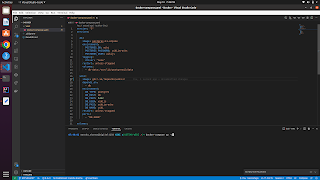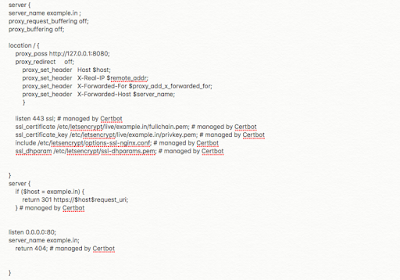Min Steps To 1
Given a positive integer 'n', find and return the minimum number of steps that 'n' has to take to get reduced to 1. You can perform any one of the following 3 steps:
Input format :
Output format :
Constraints :
Sample Input 1 :
Sample Output 1 :
Explanation of Sample Output 1 :
Sample Input 2 :
Sample Output 2 :
Explanation of Sample Output 2 :
This file contains hidden or bidirectional Unicode text that may be interpreted or compiled differently than what appears below. To review, open the file in an editor that reveals hidden Unicode characters.
Learn more about bidirectional Unicode characters
| import sys | |
| def sol(n): | |
| dp = [-1 for i in range(n+1)] | |
| dp[1] = 0 | |
| dp[0] = 0 | |
| for i in range(2, n+1): | |
| if dp[i] == -1: | |
| ans1 = dp[i-1] | |
| if i%2 == 0: | |
| x = i//2 | |
| if dp[i//2] == -1: | |
| ans2 = 1 + dp[x//2] | |
| else: | |
| ans2 = dp[i//2] | |
| else: | |
| ans2 = sys.maxsize | |
| if i%3 == 0: | |
| y = i//3 | |
| if dp[i//3] == -1: | |
| ans2 = 1 + dp[y//3] | |
| else: | |
| ans3 = dp[i//3] | |
| else: | |
| ans3 = sys.maxsize | |
| ans = 1+min(ans1,ans2,ans3) | |
| dp[i] = ans | |
| return dp[n] | |
| n = int(input()) | |
| print(sol(n)) |
This file contains hidden or bidirectional Unicode text that may be interpreted or compiled differently than what appears below. To review, open the file in an editor that reveals hidden Unicode characters.
Learn more about bidirectional Unicode characters
| # Recursive approach | |
| import sys | |
| sys.setrecursionlimit(10**6) | |
| def sol(n): | |
| if(n==1): | |
| return 0 | |
| ans1=sys.maxsize | |
| ans2=sys.maxsize | |
| ans3=sys.maxsize | |
| ans1=sol(n-1) | |
| if(n%2==0): | |
| ans2=sol(n//2) | |
| if(n%3==0): | |
| ans3=sol(n//3) | |
| return min(ans3,ans2, ans1) +1 | |
| n=int(input()) | |
| arr=[-1 for i in range(n)] | |
| print(sol(n)) |



Comments
Post a Comment
Please give us your valuable feedback